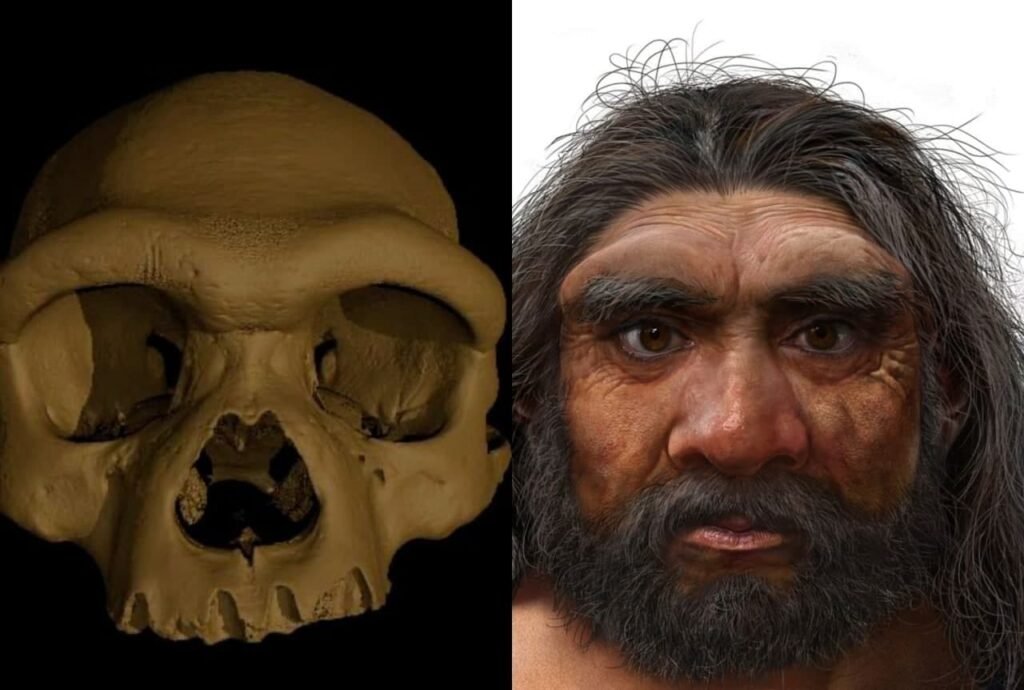The recently discovered ancient skull in Northeastern China belongs to an unknown human species, Homo longi or Dragon Man, three new studies reported. This Dragon Man’s skull is the largest on record. Cranium analysis reveals that Dragon Man could be our closest relatives, closer than Neanderthals, considered closest till now. It was shocking to note that the results of phylogeny linked Homo longi to Homo sapiens rather than Homo neanderthalensis.
Antiquity of Dragon Man Skull
It was discovered by a man living in Harbin City, in Heilongjiang, China, in 1933. The man worked as a labor contractor for Japanese invaders, and thereby, to keep it safe from them, he buried it inside a well. Skull remained abandoned for 85 years, and before his death, he told his family, and the fossil was recovered in 2018 and later donated to the Geoscience Museum of Hebei GEO University.
Unseen Skull

No one has ever seen such a substantial skull, with a big head-having large brain in it years ago. It showed that the person had massive eyes. The face and the jaw were broad enough with delicate cheekbones, all features showing similarity with the modern-day human.
More than 600 traits confirmed relating to other human fossils during the study. The fossil was a form of the third lineage of humans living along with Neanderthals and Homo sapiens. The homo longi fossil showed more ancestral connection with H.sapiens than Neanderthals.
The skull had depressions on the head, a clue towards his wounds and injuries. But the cause of death is still uncertain as no shreds of evidence lead there.
Discovery of Time and Places of Dragon Man
Man who discovered the fossil found it at Dongjiang Bridge in Harbin. Therefore, to verify this, geochemical analyses were started to study the chemical makeup of the skull using X-ray fluorescence (XRF), Rare Earth elements (REE), and strontium isotopes. The fossils of humans and animals found near the Harbin area had the same composition as Dragon Man had, hence the claim was true.
The age was determined by looking at the regional stratigraphy, and the fossil was around 309,000 and 138,000 years old. Further, a specific time was declared after examining the decay of the radioactive element Uranium and revealed that it is at least 146,000 years old, dating to the middle Pleistocene epoch.
Is Dragon Man Denisovan?

The study had impressive results but three scientists, not a part of the study, have even more adventurous explanations about the fossil.
There is a full possibility that the cranium is a Denisovan. They originated from a 600,000 years old ancestral form called Homo heidelbergensis that dispersed from Africa into Eurasia. In Europe, Homo Heidelbergensis turned into Neanderthals and in Asia into Denisovans. Hence, it is quite possible that Dragon Man is a Denisovan.
The features may be inherited from common ancestors. As a result, it is possible to speculate that the Harbin skull is associated with modern humans or the Neanderthals.
The possibility of Dragon Man being a sibling of Homo sapiens is maximum because the fossil has the inherited characters of a modern human.

No Comments
Pingback: Climate Change is affecting the size of Human Body and Even Brain - Craffic